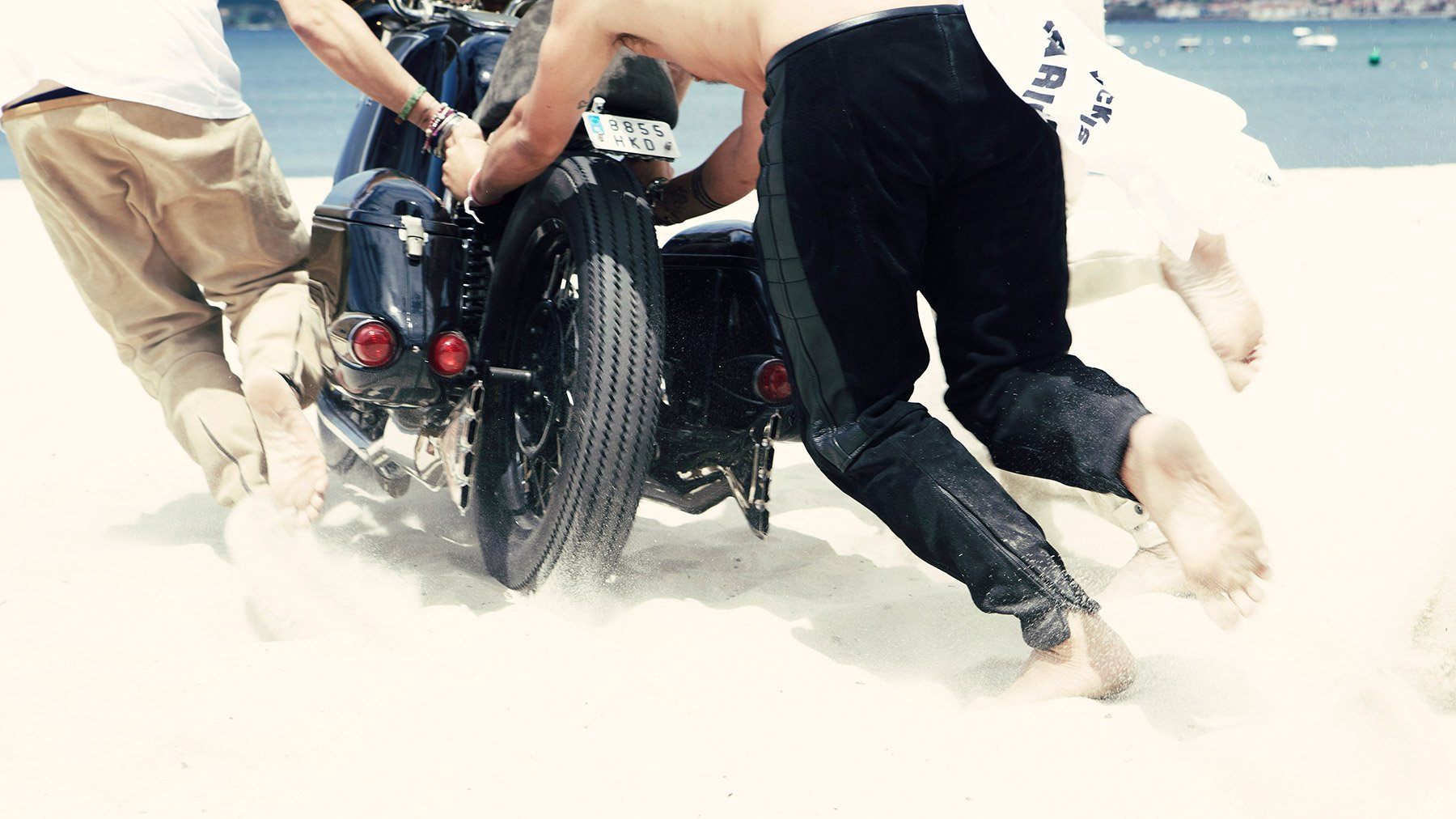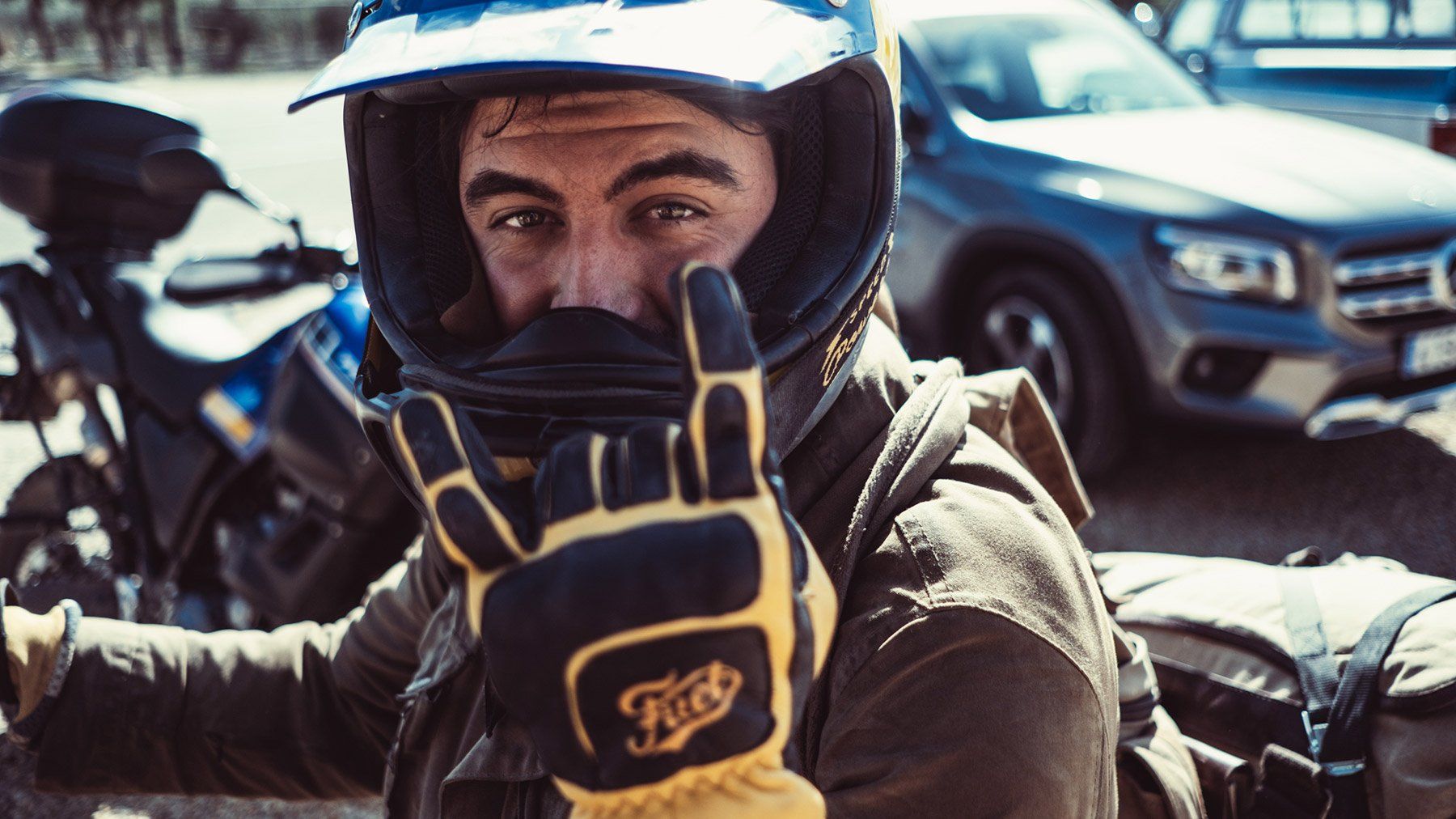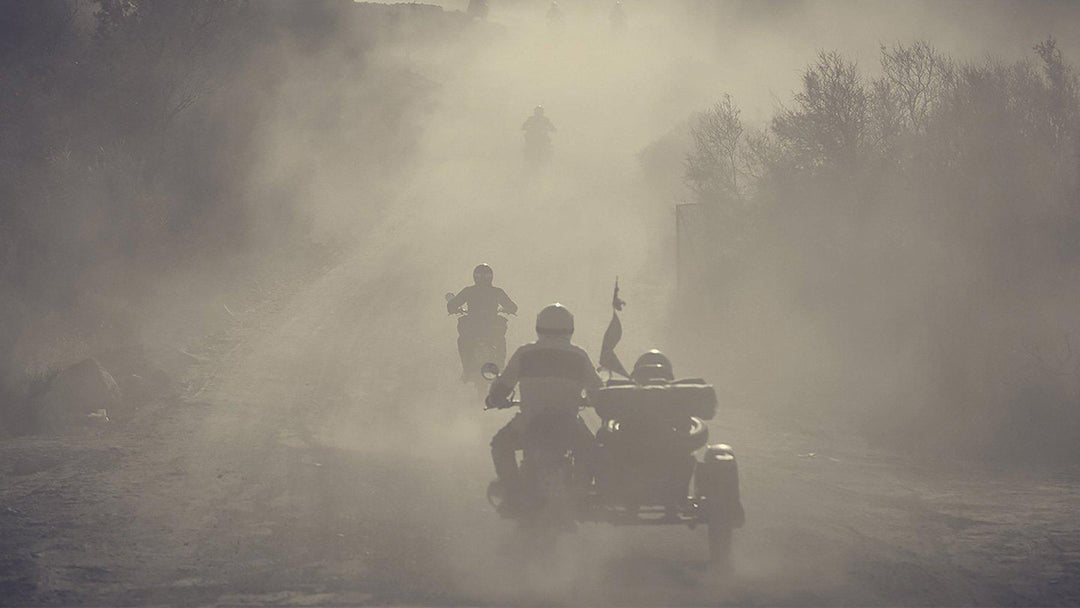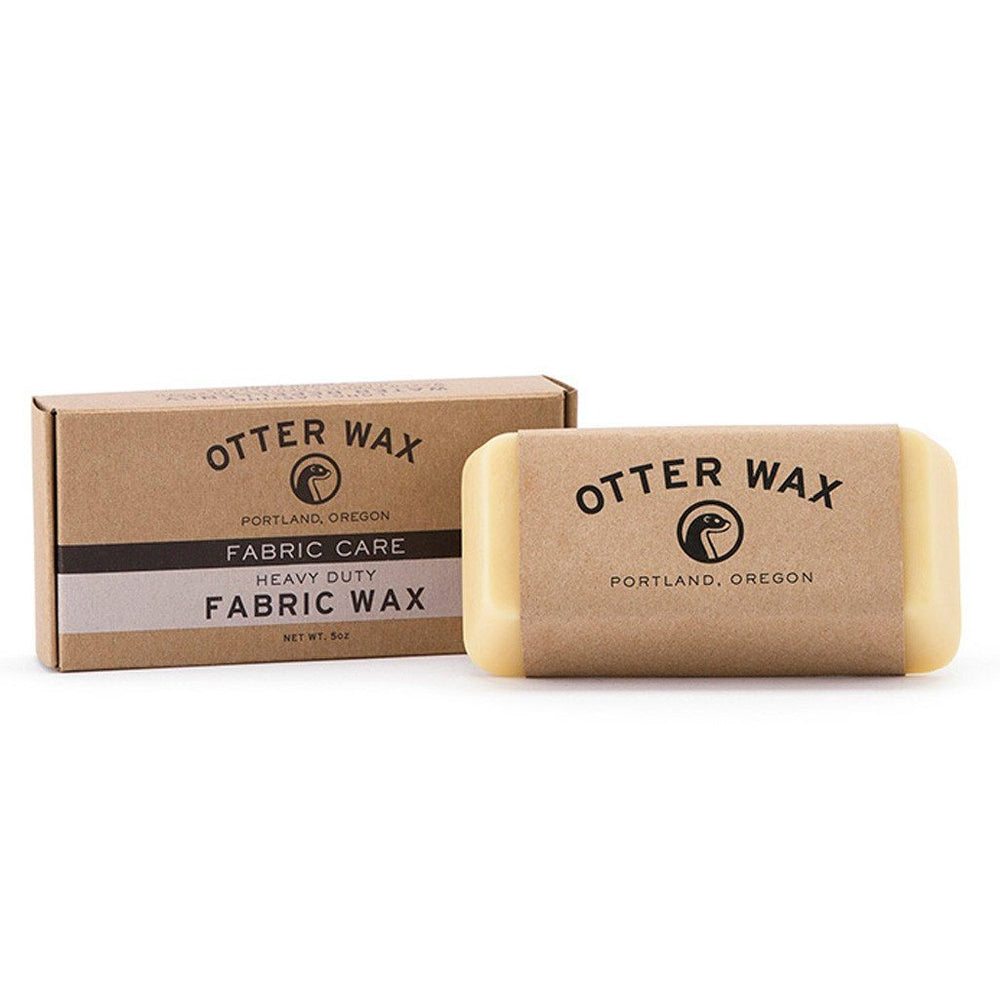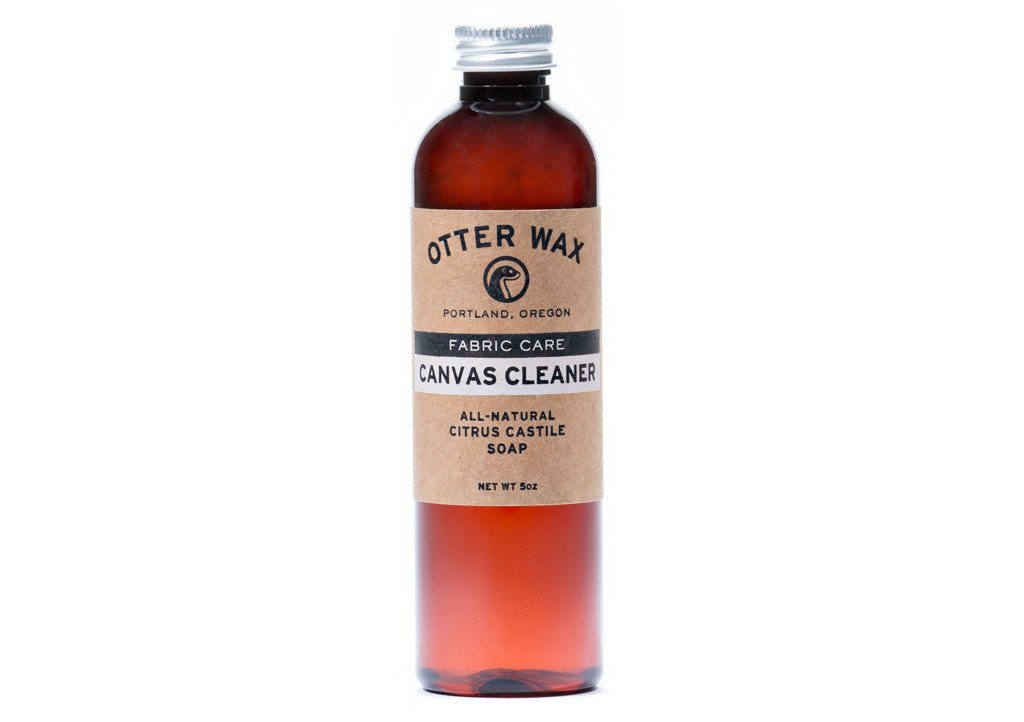Waxing motorcycle jackets has a long tradition and is a proven method of naturally waterproofing cotton fabrics. At the same time, it gives the garment an unmistakable look that can also be seen again and again in the collections of major brands such as Belstaff or Barbour.
Our favorite for waxing cotton fabrics for the first time are the products from Otter Wax . They are 100% natural and contain no mineral or animal oils (not even otters) and no chemical additives. Another plus is the recyclable packaging that the products come in.
Waxing makes the fabric water-repellent but not waterproof. If you stay in heavy rain for a longer period of time, the water will find its way inside the jacket, for example through the zipper, despite the wax layer. Waxing motorcycle jackets is still worthwhile, however, because on a short ride through the rain, the water simply rolls off it and you arrive at your destination dry.
What you need for this:
- 1 can of Otter Wax Fabric Dressing
- Lint-free cotton fabric
- Heat gun or hair dryer
- wooden spatula
- pot with water
Before you start, you should make sure that the motorcycle jacket you want to waterproof is completely clean. This is because dust grains or stains could become trapped in the fabric as it grows.
Step 1:
To use Otter Wax Fabric Dressing , you must first melt it in a water bath. To do this, simply bring a little water to a simmer in a pot and put the can in it without a label. Once the wax is completely melted and liquid, you can start.

Step 2:
In order to apply the wax optimally, it is best to use a lint-free cotton fabric. You dip this in the wax and let it drain. Now you can apply it to your motorcycle jacket with light pressure and in even movements. Don't be surprised at the white marks left by the excess wax on the surface. This is completely normal.

Step 3:
To get rid of these white marks, work in the excess wax with a wooden spatula. Again with some pressure and in even movements.

Tip:
We recommend dividing the jacket into small sections and working the wax in piece by piece. It's best to start with the seams. These need to be waxed particularly intensively because they let water through more quickly. You then repeat the individual steps until the entire motorcycle jacket is impregnated
Step 4:
For example, if wax has deposited in a Velcro fastener during the treatment, you can easily clean it with a small brush.

Tip:
To create a particularly even finish, you can finally go over the motorcycle jacket with a heat gun or a hair dryer. Be careful not to burn the fabric though.
Step 5:
Immediately after waxing, the waxed fabric may feel slightly sticky. This is also normal and will disappear after a while. We therefore recommend hanging up the motorcycle jacket in a warm and dry place for 24 to 48 hours before wearing it for the first time.

The result:
In comparison, using liquid wax is a bit more time consuming than other methods. But it's worth it, because the liquid wax is easier to spread and works deeper into the fabric. This is particularly advantageous when impregnating cotton fabrics for the first time. Not to be forgotten is the unique and unmistakable look that is created. To ensure that the jacket remains water-repellent in the long term and retains its special look, you should ideally wax it once a year, at the end of the season.
With the Fabric Dressing from Otter Wax (alternatively you can of course also use other products, for example there is also a liquid wax from Belstaff) not only motorcycle jackets can be waxed for the first time. Backpacks or saddlebags can also be waterproofed in this way.
If you don't want to work with liquid wax, you can use Otter Wax Heavy Duty Fabric Wax . The wax block is particularly suitable for impregnating already waxed fabrics that have lost some of their water-repellent properties over time. You can find out how to do this here .


